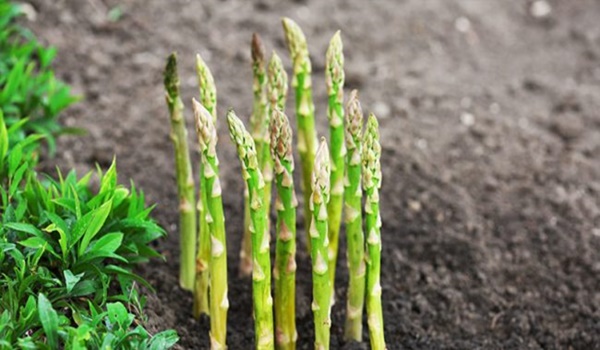Time spent in nature is invaluable, and it is one of the most effective ways to keep your spirits high and the body in perfect shape. If you are a gardener, you already know and have felt the countless benefits of gardening.
If you are not, we might persuade you to start a small garden this year!
Studies have confirmed that working in the garden lowers stress, and boosts self-esteem, lowers the risk of stroke and Alzheimer’s, and improves brain and heart health. Moreover, these activities keep the hand muscles vigorous and agile and strengthen immunity.
Gardening is known to be one of the most successful therapies that treat depression and improve mental health, due to the combination of physical activity, awareness of natural surroundings, cognitive stimulation and the satisfaction one feels after completing the work.
So, if you are willing to try gardening, perennials are the first option to consider. These plants are planted only once and they give produce every year.
Gardeners like perennial plants, as they only have to do the work once, so the minimal effort on their part gives produce year after year.
These crops are beneficial for the environment too, as they are compatible with no-till cultivation, which lowers the loss of moisture, triggers biological activity in the soil, and creates the perfect, crumbly, spongy texture.
Here are ten perennial plants and some tips to help you grow them in your garden:
1. Asparagus
It grows in a male or a female plant, but the male plants are more productive. This vegetable grows well in cooler climates and dry summers, and it requires only lighter-well-drained soil and full sunshine.
2. Artichokes
Artichokes are perennials, but they usually produce about 5 years in a row only. Plant them 4 feet apart, as artichokes grow large, and harvest the buds when they are about three inches in diameter.
3. Jerusalem Artichokes
Jerusalem artichokes are very productive and need well-drained, alkaline soils. After the first frost, they are ready to harvest. Yet, they grow very large, so make sure you plant them around 6 inches apart from one another.
4. Chives
Chives require sunshine and regular watering. You should spread the seeds around the area, cover them with a bit of soil, and water them. If you allow them, these plants will seed prolifically, so make sure you remove the flowers on time.
5. Kale
Kale is very easy to grow. You should plant it in early spring, several weeks before the first frost, or in the fall. It can grow well in full sunlight too, but it prefers partial shade. Also, make sure the soil is rich in nitrogen.
6. Horseradish
Horseradish loves fertile soil and full sunlight, but it can easily adapt to any conditions. In the spring, plant a root piece, and in the fall, you’ll be able to harvest it.
7. Rhubarb
You should plant the rhubarb in the early spring when the ground has thawed. Leave at least four feet distance between the plants, and make sure they get full sunlight. Also, the soil should be fertile and well-drained.
8. Sorrel
This leafy green has a lemony, tart flavor, and prefers cooler climates and full sun. To get the best flavor, harvest it in spring or fall.
9. Blueberries
Blueberries are not a vegetable and they grow in a bush, but they are delicious and nutritious perennials you would surely like to have in your garden. They need full sun and fruit prolifically.
Plant the bushes in the early spring, and leave at least 5 feet between them. You can also grow blueberries in containers. They come in around the first of June and finish up early to mid-July, and every year, they return stronger.
10. Watercress
Watercress grows in a bog environment, so a stream or a small creek would be ideal. You can also create a small bog in the ground with a pond liner to retain the water. Fill the container with gardening soil, sand, compost, and slow-release fertilizer, and add water just to soak the soil. Next, spread the seeds over it.
Enjoy the time in the garden!


